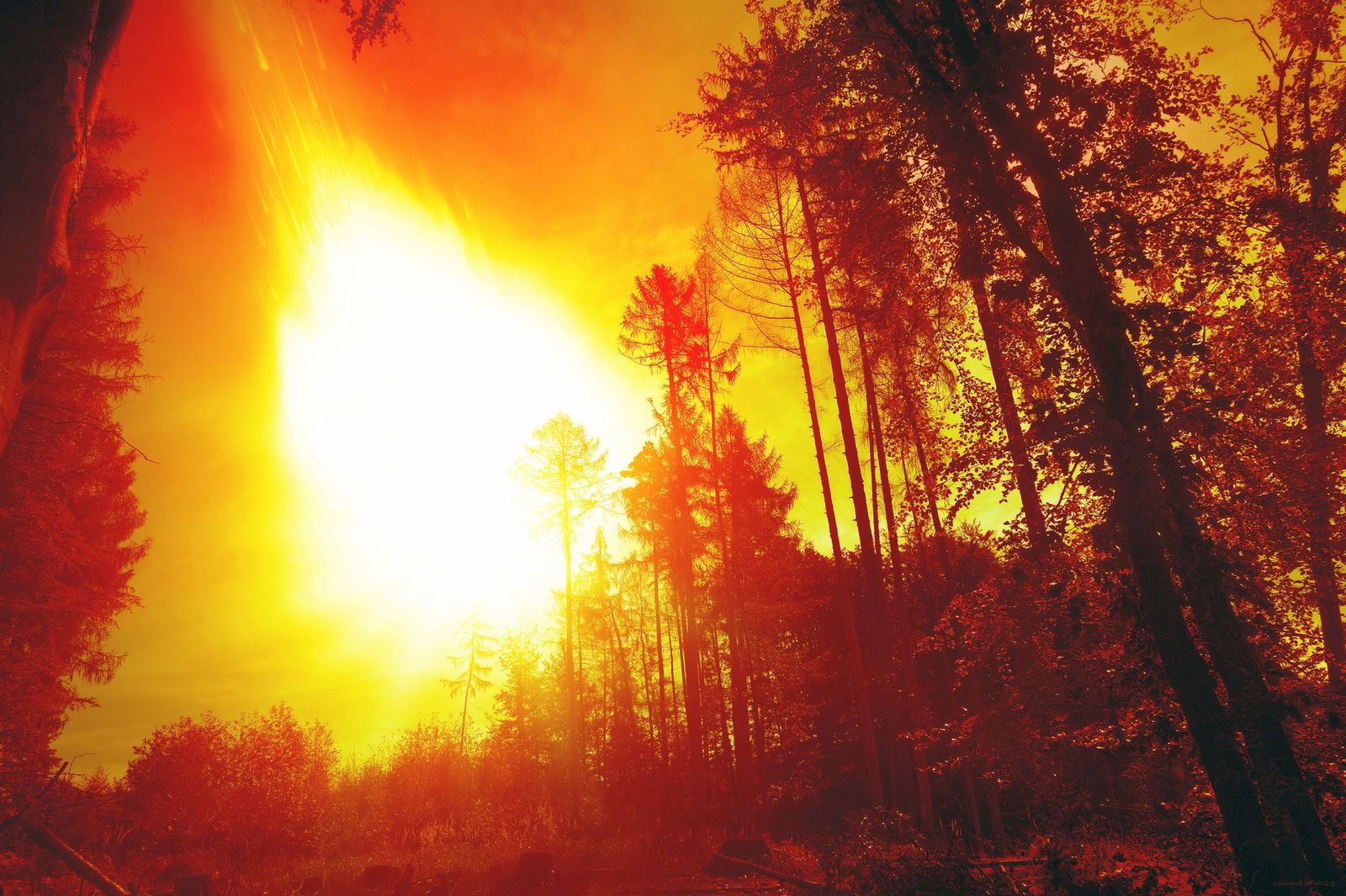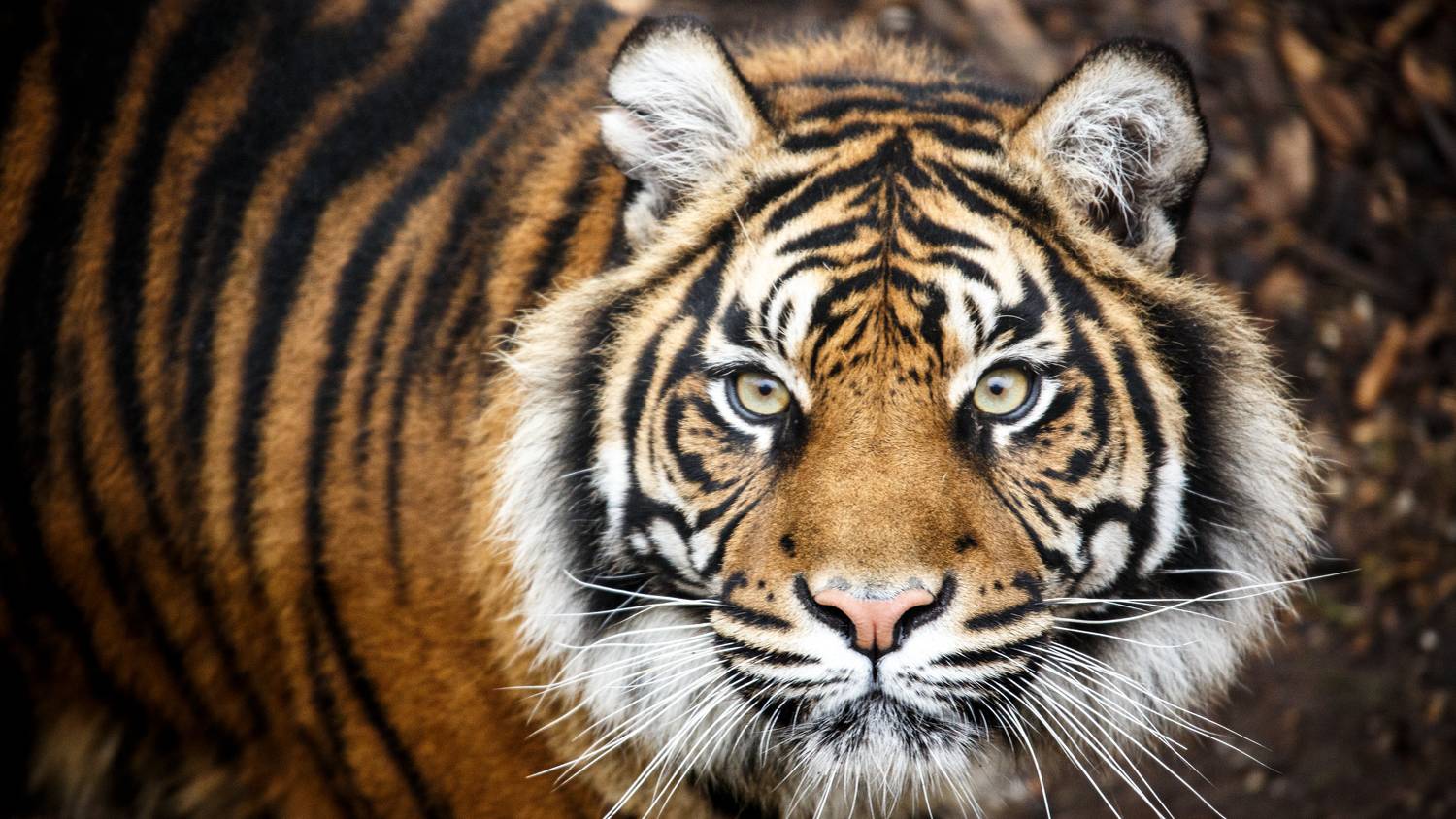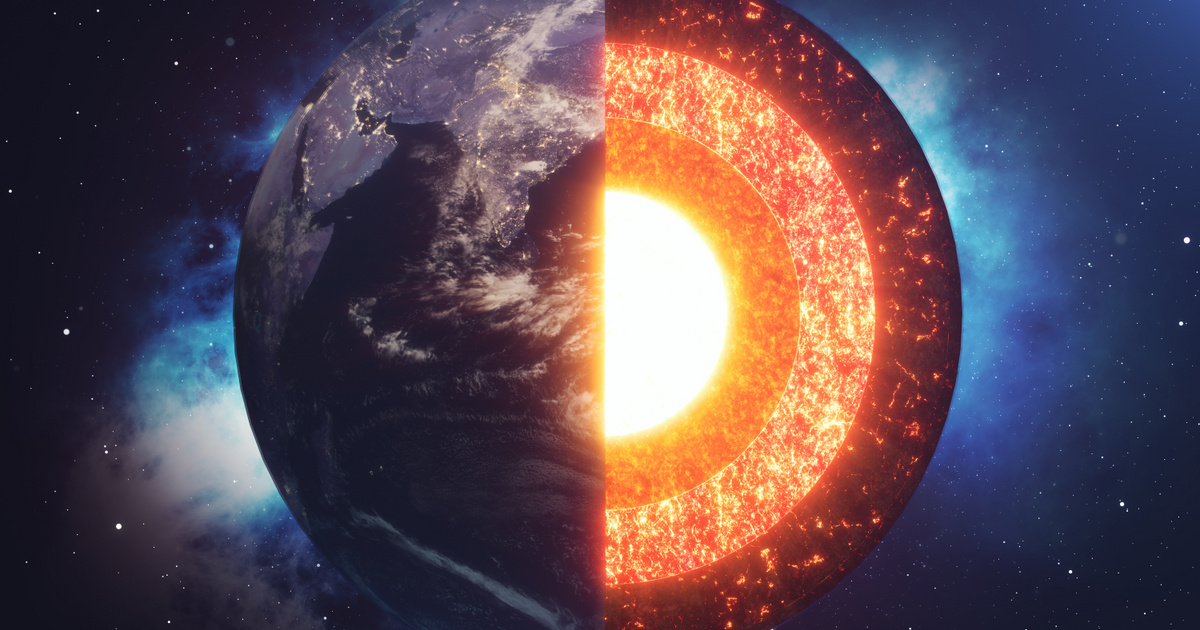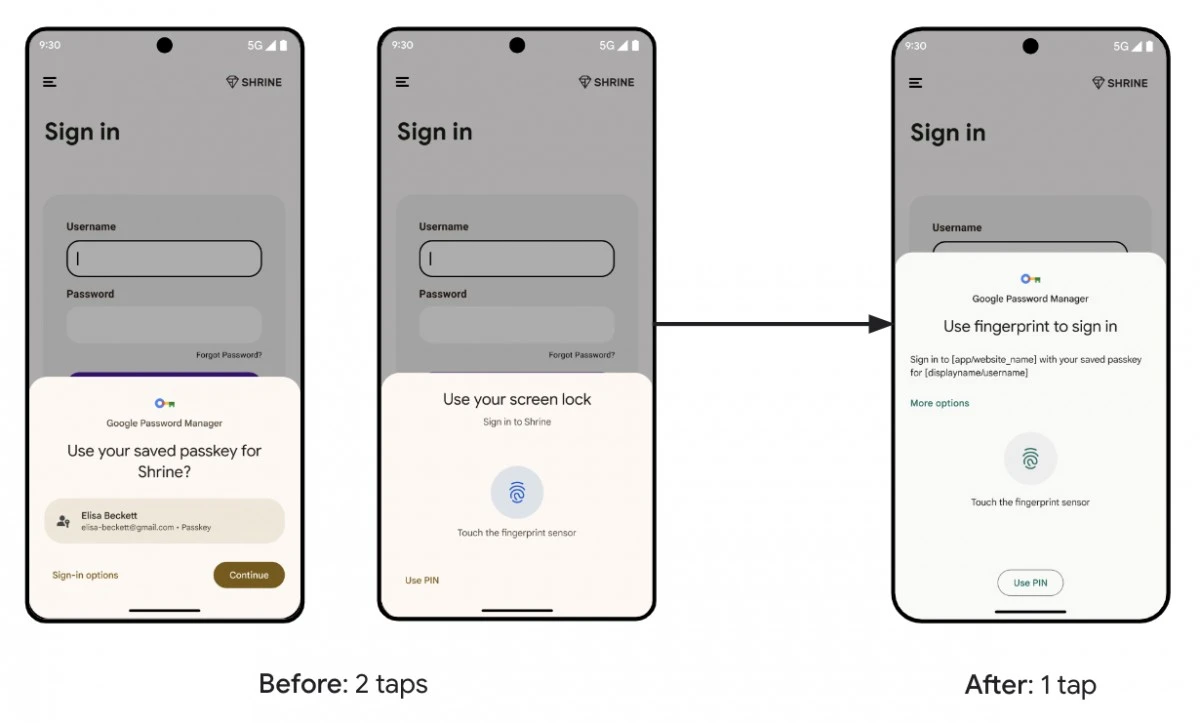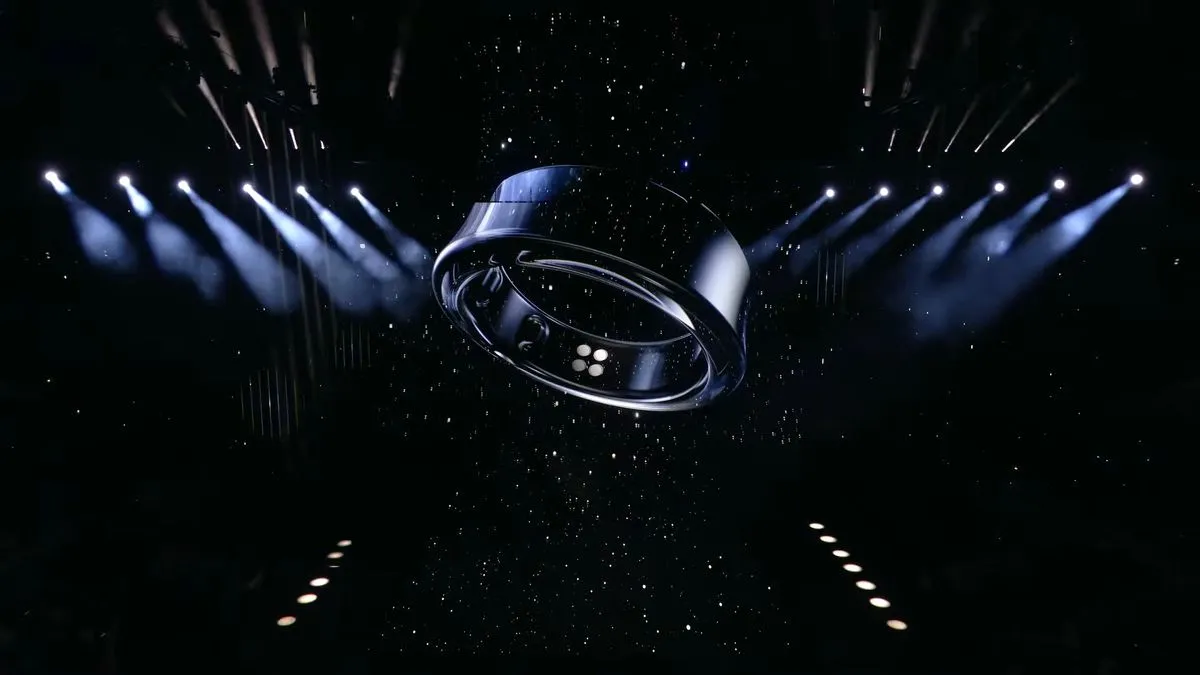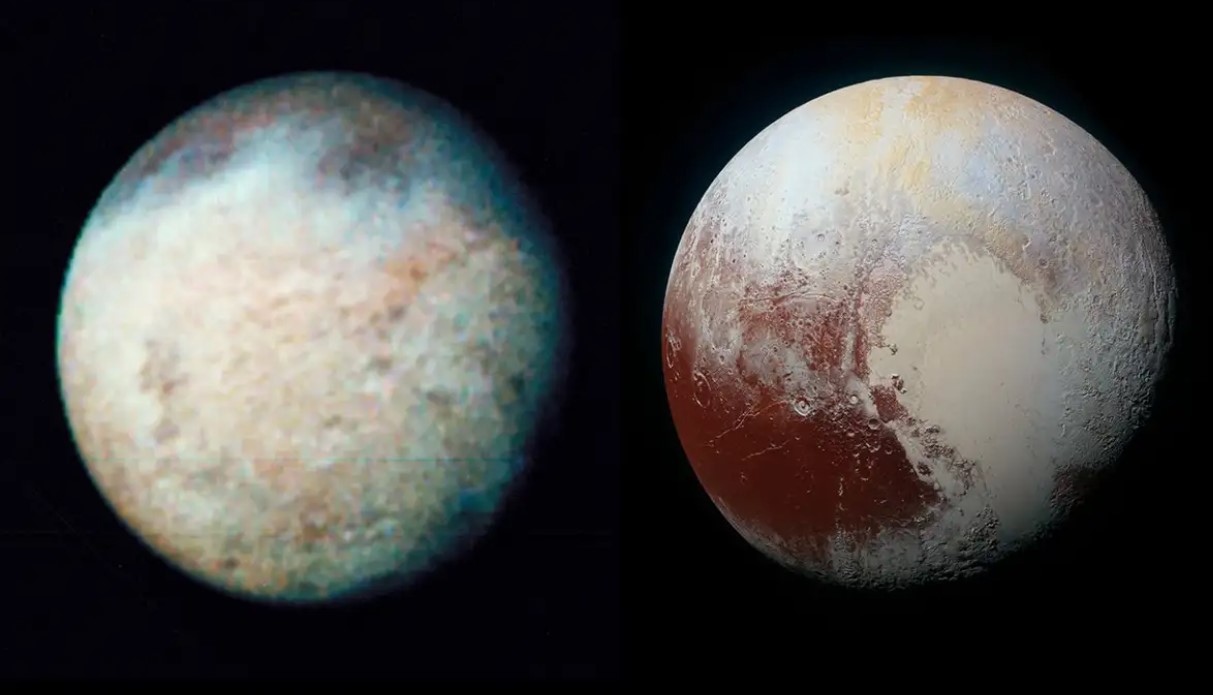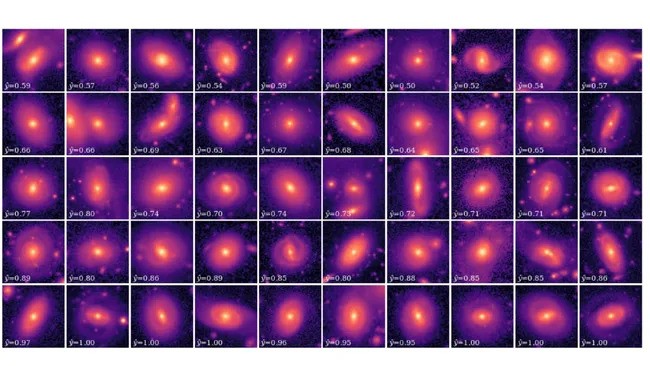A group of volunteers and professional astronomers came together to examine 430,000 new galaxies of hitherto unknown types scattered in different parts of the Universe, using the possibilities offered by artificial intelligence. It is particularly interesting that about 30,000 of the galaxies studied belong to the ring galaxy group, which is the rarest in terms of its shape.
These discoveries are the first results of the “GALAXY CRUISE” project announced in Japan. The project involved nearly 10,000 volunteers, tasked with scanning images from the Subaru telescope to create a training sample for the artificial intelligence that makes the final classification.
The Subaru telescope operates in the optical and infrared ranges, has a mirror diameter of 8.2 meters, and is located locally on top of Mauna Kea, an inactive volcano in the Hawaiian Islands. This famous telescope collects a lot of data, the time-consuming processing of which requires the help of professional astronomers. The “GALAXY CRUISE” project was announced, eventually joined by 10,000 volunteers, to provide the human resources needed to process the data. Artificial intelligence (AI) also appeared as an additional help in the project.
“Although AI can classify 700,000 galaxies in one hour, during more than two years of work, GALAXY CRUISE project volunteers were absolutely essential to preparing the educational sample.” – said Cadence Shimakawa, who led the search. – “We would like to thank all the volunteers who participated in the project, and we hope that we can work together in the future.”
Searching for ring galaxies
There are many types of galaxies of different sizes and shapes, and morphology often helps us learn about the evolutionary history of a particular galaxy. In terms of the shape of our Milky Way Galaxy, it enriches the densely populated group of spiral galaxies, a type named after its distinctive shape. In spiral galaxies, long spiral-shaped arms extend from the bright central bulge containing stars, dust and gas, hence their name. Based on our current knowledge, this is the most common type of galaxy in the universe: three-quarters of galaxies belong to this group. Much rarer than spiral galaxies are the so-called ring galaxies, which represent 1-3% of the number of known galaxies and, according to other estimates, only one in a thousand.
Ring galaxies also get their name from their distinctive shape: a central region of old, red stars surrounded by a stunning ring of young, blue stars. The first ring galaxy, now known as the Hoag Galaxy, was discovered in the 1950s.
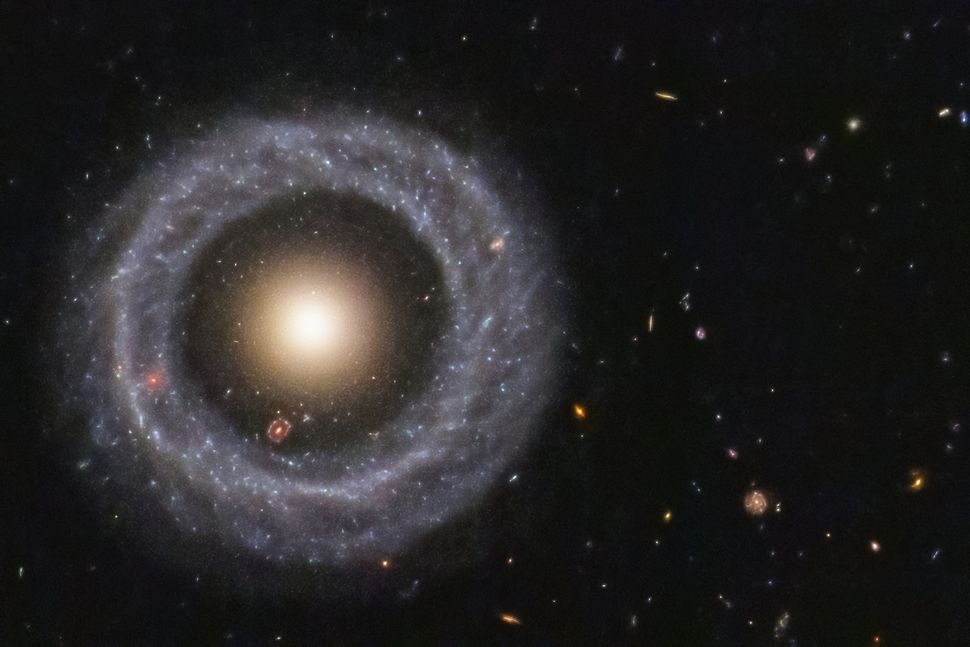
To classify galaxies by shape, Shimakawa's group enlisted the help of artificial intelligence, but in order for the AI to classify hundreds of galaxies into the right type in the blink of an eye, it needs to recognize the catalogs and classification methods that people have created. That's why we needed approx. To create a training catalog of 20,000 galaxy classifications before unleashing AI on the Subaru Telescope's sample of 700,000 galaxy data. However, the creation of the landmark model was waiting for human hands: this model was prepared as a task for 10,000 volunteers!
Finally, the AI classified 400,000 galaxies in the Subaru Telescope catalog as spiral galaxies, and 30,000 objects were placed in the ring galaxy category. With this, the sample of the rarest type of galaxy has finally grown to a sufficient size to allow researchers to get closer to a deeper understanding of the processes that create ring galaxies.
The research team also showed that ring galaxies form a transition between spiral galaxies and elliptical galaxies with a less distinct shape based on certain physical properties. According to current views, ring galaxies are formed by the merger of two spiral galaxies, during which the spiral structure ceases to exist. This is consistent with a recently developed theory that the ring-shaped structure arises from a special type of collision, in which one galaxy collides head-on with another.
In addition to contributing to the understanding of the processes that lead to the creation of ring galaxies, the research team also showed how artificial intelligence can contribute to the analysis of astronomical catalogs containing a lot of data. The technical article on the results shown here has been published in the Journal of Publications of the Astronomical Society of Japan.
Article source: https://www.space.com/citizen-scientists-artificial-intelligence-galaxy-discovery
comment






